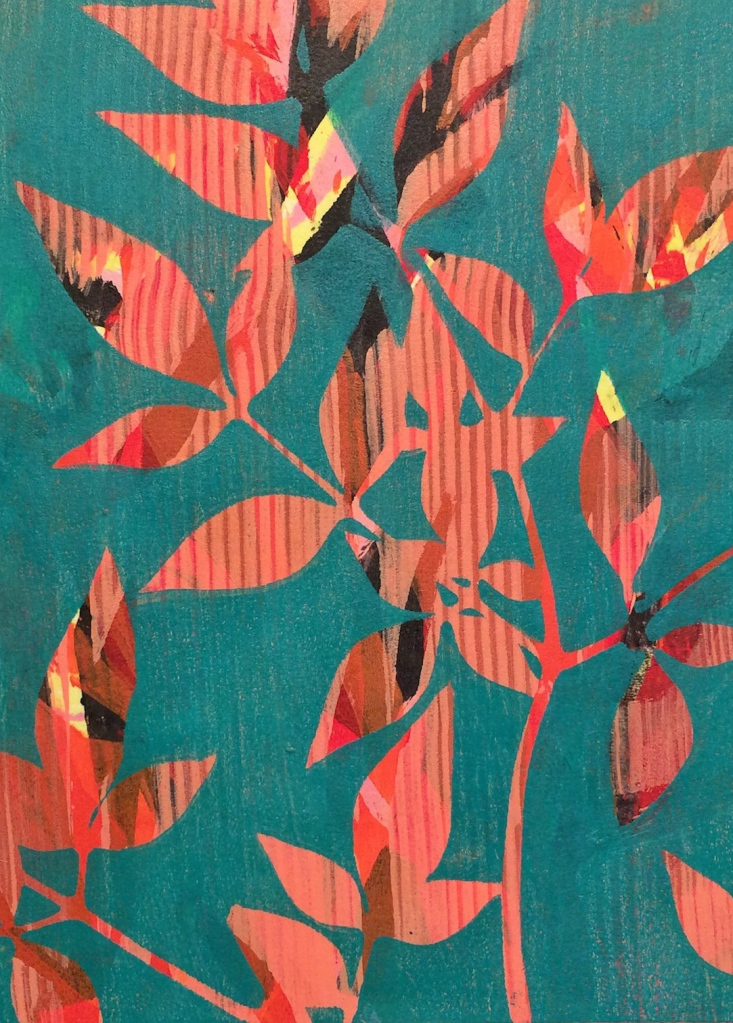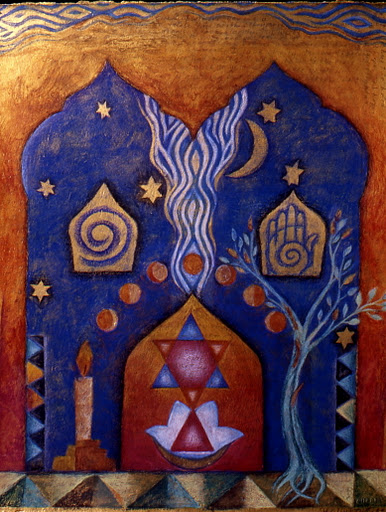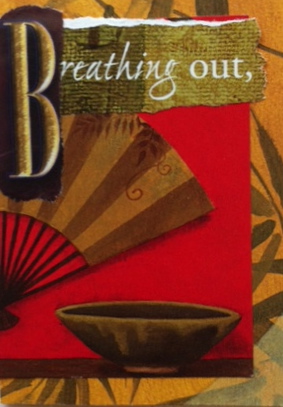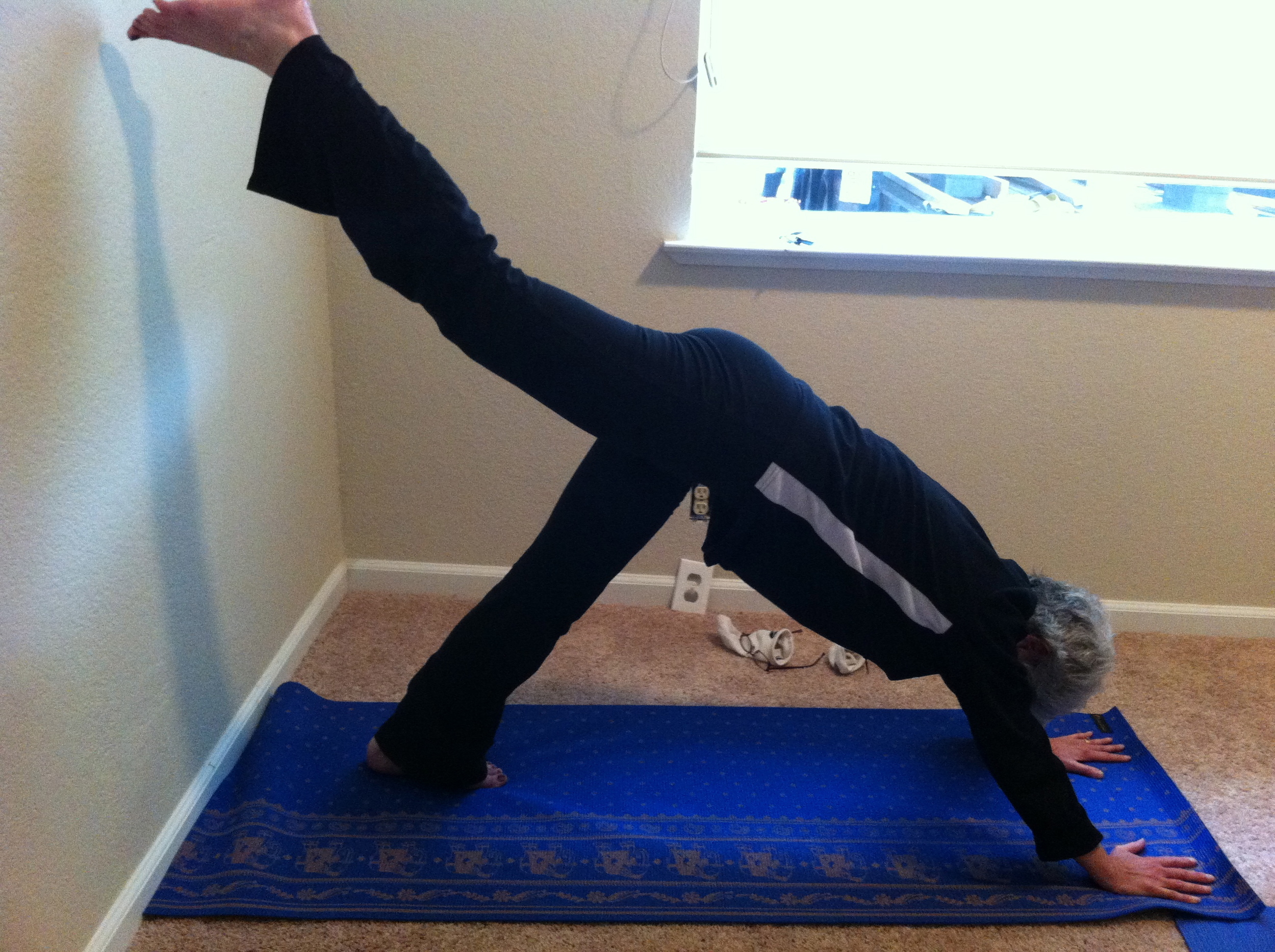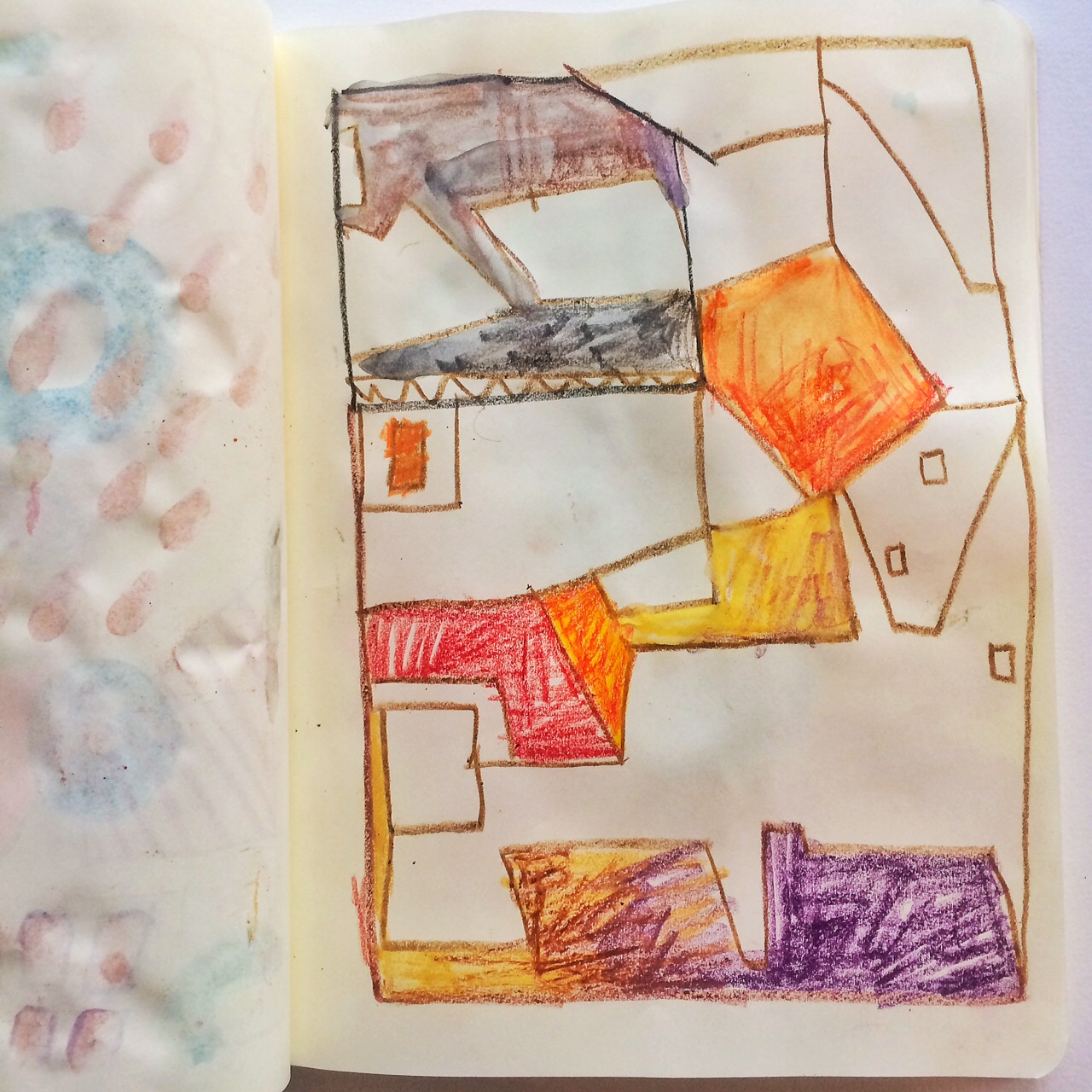 Nature, as people are fond of saying, abhors a vacuum. Now that I no longer have to go to a certain place at the same time every morning, when an opportunity to take a course in "art practice" with Cat Bennett arose, I jumped in. Well, jumped after some encouragement from my friend Beth Rommel.
Nature, as people are fond of saying, abhors a vacuum. Now that I no longer have to go to a certain place at the same time every morning, when an opportunity to take a course in "art practice" with Cat Bennett arose, I jumped in. Well, jumped after some encouragement from my friend Beth Rommel.
I've had an on and off relationship with drawing--mostly off. I came to art through the medium of textiles and in art school, recognized the need to learn how to draw. I took classes in figure drawing as well as landscape, but mostly with the feeling of forced march to them. I never understand the simple desire to pick up a pencil and render the world in front of me.
Although it might seem self-evident from years of art therapy that drawing by any means is a form of self-expression, I haven't always practicing internally what I preached. Until. Until.
I've yearned to bring my loves of yoga practice and art together and with that in mind, have signed up for a yoga teacher's training course at my favorite yoga studio, Kaya Yoga.
After taking that step, I began to listen more attentively to the prompts that teachers were giving us. When Kia recently spoke about each pose as a series of patterns, my ears perked up. Hmm, how could I translate that into drawing?

What if drawing is as transitory as moving into and out of downward dog? Once you've done your series of poses for a class, and felt great or sore afterwards, or simply experienced them, you go off and encounter the rest of the day; the poses having evaporated in the moment. Could I do that with drawing? Just engage and then let go?
With trepidation and some resistance, I began my class "Making Art a Practice". Sure, I confess, I ripped out some of the studies I didn't like, but honestly, once I began to "lean in" as Sheryl Sandburg so pragmatically puts it, the practice began to be fun. I'm stretching my "tolerance for ambiguity" muscle and it definitely relates to yoga.

It is clear that around any edge my pencil turns, a drawing may collapse, just like I often do in Tree pose. (I love it when my teacher suggests we can be a shrub if we want.) So here I go. I move with my pencil, often ending up in the wrong place and needing to correct my direction. Yet at times, my pencil and I flow with ease. I look forward to the journey ahead and to wherever it takes me.

